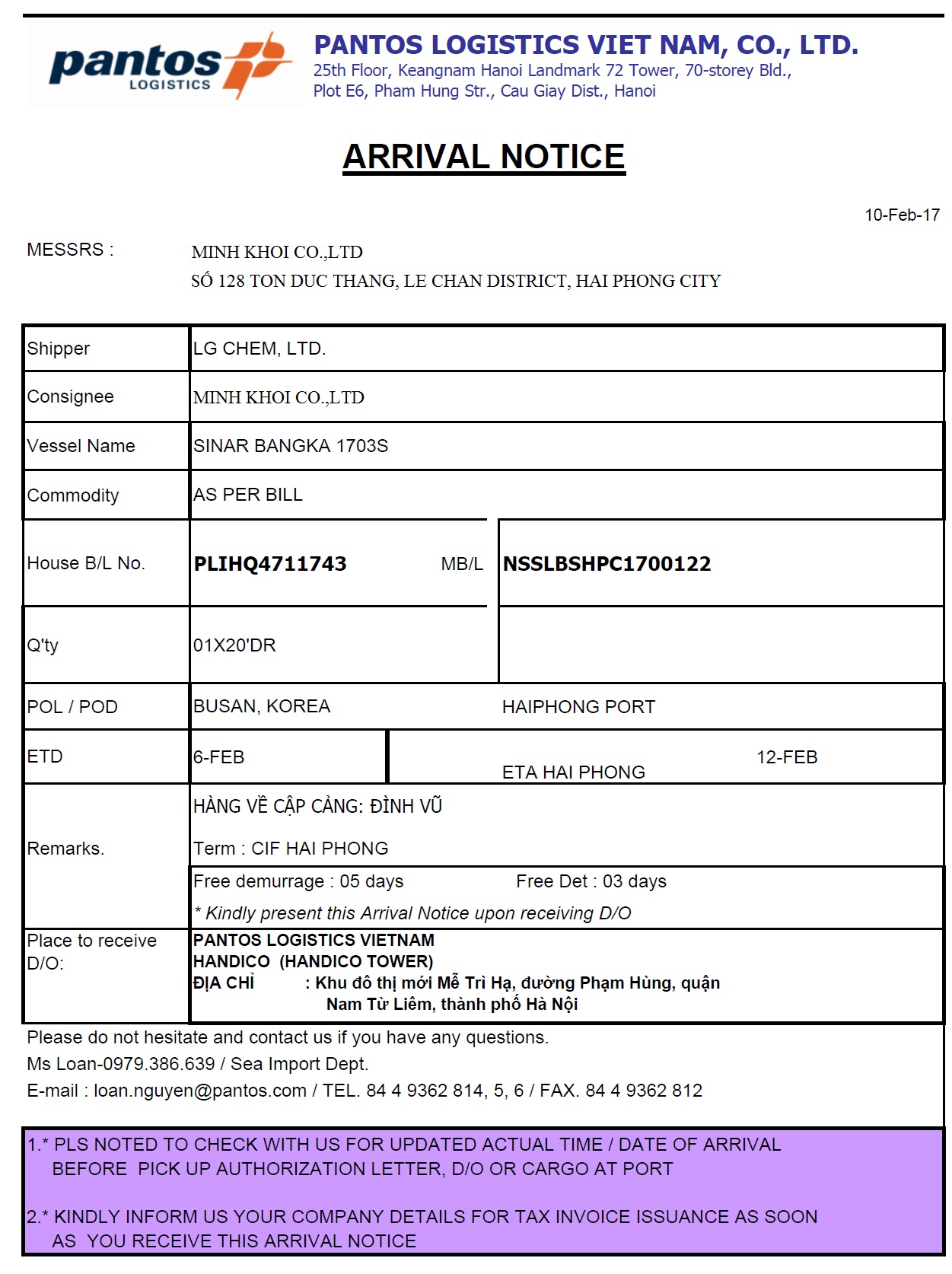Viral News | Explore around Viral and popular News this year
La Niña: Its Official Arrival And Potential Impacts
La Niña: With its official arrival, the global weather pattern is set to be significantly influenced. This climatic phenomenon, characterized by unusually cool ocean temperatures in the equatorial Pacific Ocean, has the potential to trigger widespread impacts around the world.
Editor's Notes: La Niña: Its Official Arrival And Potential Impacts have been published today date, highlighting reasons why this topic is important to read.
After conducting thorough analysis and gathering extensive information, we present this comprehensive guide to La Niña: Its Official Arrival And Potential Impacts. Our aim is to provide you with valuable insights, helping you understand the implications and make informed decisions.
Key Differences:
| Characteristic | El Niño | La Niña |
|---|---|---|
| Ocean Temperatures | Warmer than average in the equatorial Pacific | Cooler than average in the equatorial Pacific |
| Atmospheric Pressure | Lower than average over the central Pacific | Higher than average over the central Pacific |
| Wind Patterns | Weaker trade winds | Stronger trade winds |
| Impacts | Droughts in Australia, Indonesia, and East Africa; flooding in Peru and Ecuador | Floods in Australia, Indonesia, and East Africa; droughts in Peru and Ecuador |
Main Article Topics:
FAQ
This section provides a comprehensive set of frequently asked questions (FAQs) to address common concerns regarding the La Niña pattern's arrival and potential impacts.

Arrival (2016) - AZ Movies - Source www.azmovies.net
Question 1: What is La Niña?
La Niña is a climate pattern characterized by unusually cold ocean temperatures in the central and eastern tropical Pacific Ocean. It typically lasts for 9 to 12 months, but can persist for as long as two years.
Question 2: How does La Niña affect global weather patterns?
La Niña can influence weather patterns worldwide, often leading to below-average precipitation and above-average temperatures in the central and western parts of the United States. Other regions, such as Australia, Indonesia, and South America, may experience increased precipitation and cooler temperatures.
Question 3: What are the potential impacts of La Niña in the United States?
In the United States, La Niña can lead to drought conditions in the Southwest, increased wildfire risk in the Southeast, and colder and snowier winters in the North.
Question 4: What are the potential impacts of La Niña on food production?
La Niña can affect agricultural yields, particularly in regions that rely on rainfall for crop production. Reduced precipitation can lead to crop failures, while excessive precipitation can damage crops and cause flooding.
Question 5: How do scientists monitor and forecast La Niña?
Scientists monitor ocean temperatures, wind patterns, and atmospheric conditions to track the development and evolution of La Niña. Climate models and statistical techniques are used to forecast its potential impacts on weather patterns.
Question 6: What can individuals do to prepare for the impacts of La Niña?
Individuals can stay informed about La Niña's potential impacts and take appropriate precautions. This includes monitoring weather forecasts, conserving water during droughts, and preparing for extreme weather events such as wildfires and floods.
Understanding La Niña and its potential impacts is crucial for mitigating its effects and adapting to its changing patterns.
...
Tips
As La Niña is calling, don't be surprised if the weather becomes unpredictable. To navigate this weather phenomenon, check out these tips.
Tip 1: Stay Informed
It is crucial to keep up-to-date with the latest weather forecasts and advisories from reputable sources like the National Weather Service.
Tip 2: Be Prepared for Extreme Weather
La Niña often brings heavy rainfall, flooding, and severe storms; it is important to prepare an emergency kit, secure loose outdoor items, and know potential evacuation routes. La Niña: Its Official Arrival And Potential Impacts
Tip 3: Consider Climate-Resilient Measures
For long-term preparedness, consider implementing climate-resilient strategies such as installing rain gardens, using permeable pavements, and planting native, drought-tolerant vegetation.
Tip 4: Conserve Water
La Niña can lead to droughts, making water conservation crucial. Implement water-saving practices like fixing leaks, using low-flow appliances, and limiting outdoor watering.
Tip 5: Protect Agricultural Interests
Farmers and ranchers should closely monitor weather forecasts, adjust planting and grazing schedules, and implement drought-tolerant practices to mitigate potential crop and livestock losses.
Conclusion
By following these tips, communities can become more resilient to the potential impacts of La Niña. Remember to stay alert, be prepared, and make informed decisions to ensure safety and well-being during this weather event.
La Niña: Its Official Arrival And Potential Impacts
La Niña, the counterpart to El Niño, is a natural climate pattern that significantly influences global weather systems. Recognizing its implications for global climate patterns and weather forecasting, let us explore key aspects associated with La Niña.
- La Niña's genesis: A cooling of the central and eastern tropical Pacific Ocean.
- Characteristic duration: Typically 9 to 12 months, occasionally lasting as long as 18 months.
- Global impacts: Influences temperature and precipitation patterns across the globe.
- Impact on global weather: Wetter conditions in the central and eastern Pacific, drier in the western Pacific, South America, and Australia.
- Impact on the United States: Generally colder and wetter winters in the north, drier and warmer winters in the south.
- Connections to other phenomena: Linked to ENSO (El Niño-Southern Oscillation), which influences climate patterns across the Pacific Ocean.
In summary, La Niña's arrival shapes global weather systems. Its characteristic cooling in the tropical Pacific Ocean leads to changes in temperature and precipitation worldwide. Understanding its impacts on regional and global climate is crucial for effective weather forecasting and preparedness.

Arrival (Film Review) – Close-Up Culture - Source closeupculture.com
La Niña: Its Official Arrival And Potential Impacts
La Niña is a climate pattern that involves unusually cool ocean temperatures in the central and eastern tropical Pacific Ocean. It is the opposite phase of El Niño, which is associated with unusually warm ocean temperatures in the same region. La Niña events typically last for 9 to 12 months, but they can sometimes persist for as long as 18 months.

Giấy báo hàng đến Arrival Notice (A/N) - Xuất nhập khẩu - Source giadinhxuatnhapkhau.com
La Niña has a variety of potential impacts on weather patterns around the world. In the United States, La Niña is often associated with cooler and wetter winters in the northern part of the country and warmer and drier winters in the southern part of the country.
La Niña can also have a significant impact on global food production. For example, La Niña events have been linked to droughts in Southeast Asia, which can lead to crop failures and food shortages. La Niña can also lead to flooding in other parts of the world, which can also damage crops and infrastructure.
It is important to understand the potential impacts of La Niña so that we can be better prepared for them. By understanding the connection between La Niña and weather patterns, we can better predict how La Niña will affect our local climate and take steps to mitigate its potential impacts.
| Potential Impact | Region |
|---|---|
| Cooler and wetter winters | Northern United States |
| Warmer and drier winters | Southern United States |
| Droughts | Southeast Asia |
| Flooding | Other parts of the world |
Conclusion
La Niña is a climate pattern that can have a significant impact on weather patterns around the world. By understanding the connection between La Niña and weather patterns, we can better predict how La Niña will affect our local climate and take steps to mitigate its potential impacts.
The potential impacts of La Niña include cooler and wetter winters in the northern United States, warmer and drier winters in the southern United States, droughts in Southeast Asia, and flooding in other parts of the world. It is important to be aware of these potential impacts so that we can be better prepared for them.